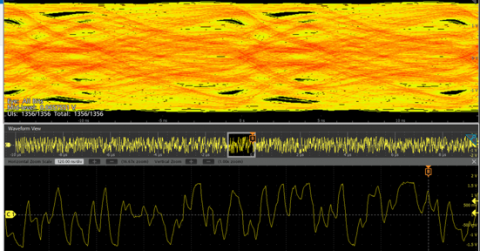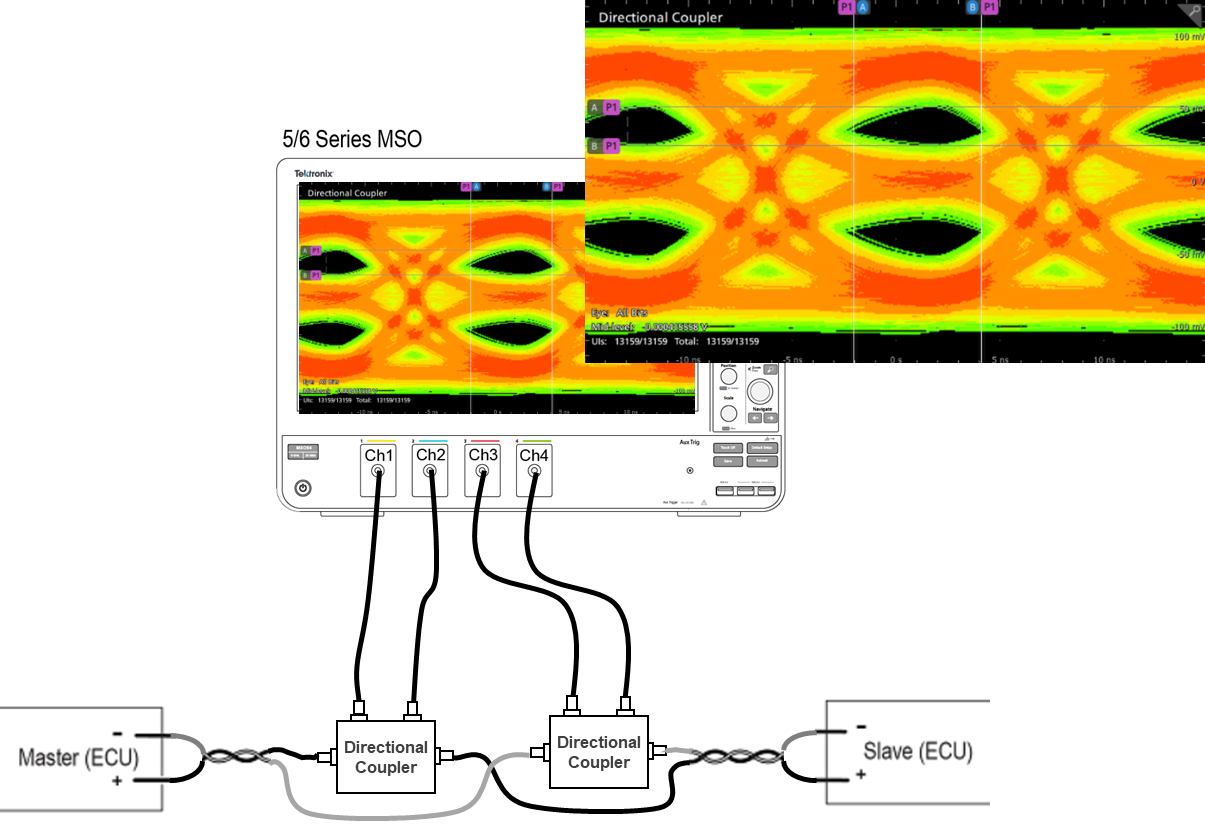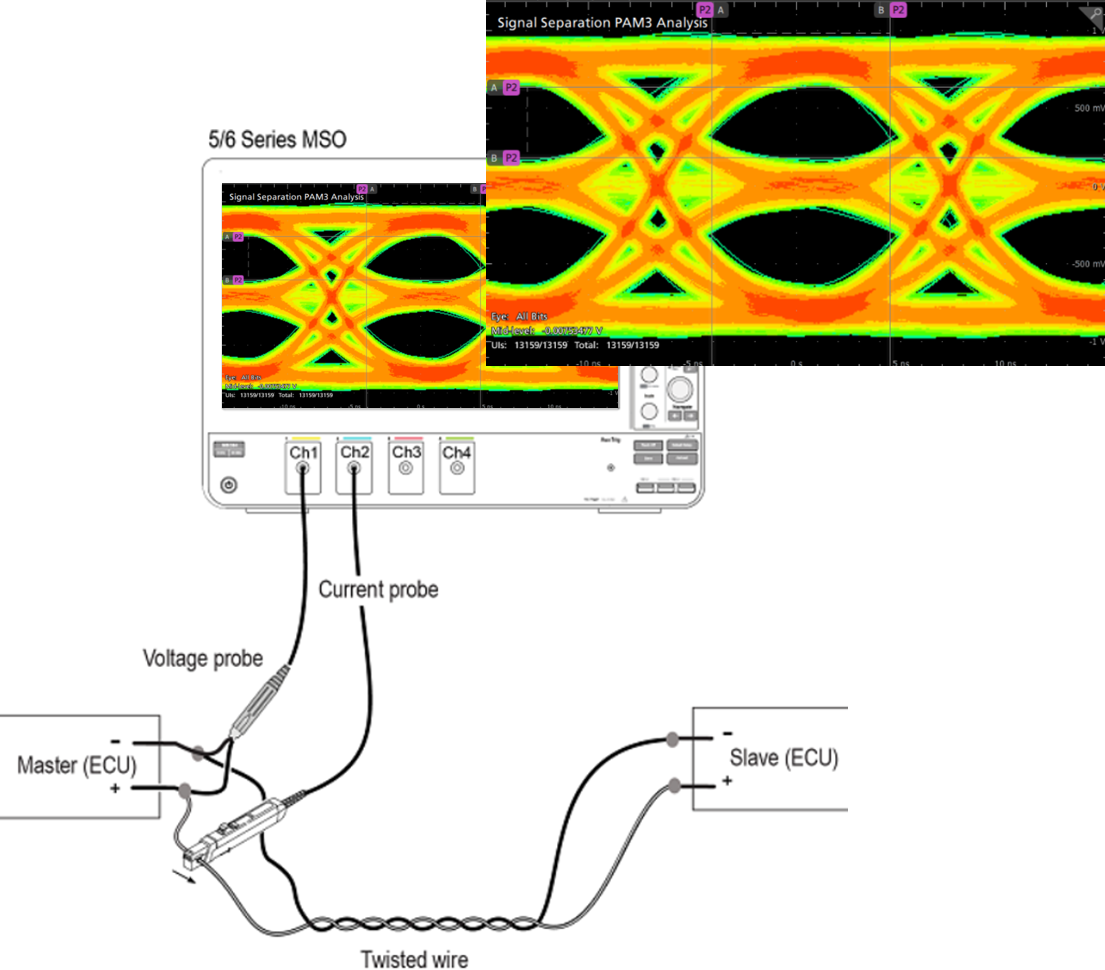

As many of us know, the amount of data generated by sensors inside an automobile has grown significantly over the last decade and is expected to grow exponentially as manufacturers race towards autonomous vehicles. Multiple sources predict that autonomous vehicles will generate between 4TB and 20TB of data per day, per vehicle. In comparison, an average person’s video, chat, and other internet use is predicted to be around 1.5 GB per day in 2020 or approximately 1/2,667th of the typical automobile. Any way you cut it, that’s a lot of data moving through an automobile.
With such a significant increase in data, the key is to ensure the right data is collected, processed immediately and transferred to other critical path technologies. To address the need for greater bandwidth and low latency data transmission, Automotive Ethernet is quickly becoming the in-vehicle network backbone of choice. To meet the evolving needs of the automotive industry, Tektronix recently introduced a new, non-intrusive testing solution for Automotive Ethernet. In this blog, we’ll provide a quick introduction to Automotive Ethernet and Tektronix Signal Separation solution.
Defined by the OPEN Alliance SIG, Automotive Ethernet, or IEEE 802.3bw (formerly BroadR-Reach), is an Ethernet physical layer standard designed for automotive connectivity applications, such as advanced safety features, comfort and infotainment features. Automotive Ethernet enables multiple in-vehicle systems to simultaneously access information over an unshielded single twisted pair cable.

Automotive Ethernet full-duplex signal.
Automotive Ethernet utilizes a full-duplex communication link over a twisted pair cable with simultaneous transmit and receive capabilities with PAM3 signaling (Master and Slave) to deliver greater bandwidth. Full-duplex communication with PAM3 signaling can make visualization of Automotive Ethernet traffic and signal integrity testing and protocol decode complex to nearly impossible with most oscilloscopes. To overcome this challenge, automobile designers need to look at each link separately, which requires the user to separate the signals before performing analysis. This brings us to Tektronix new Signal Separation testing solution.
Prior to Tektronix’s patented Signal Separation technology, the primary approach to separating master and slave signals has been the “directional coupler insertion” method. This method requires users to break, or cut, the Automotive Ethernet cable and insert a directional coupler. Unfortunately, it involves several inherent shortcomings for accurately testing with minimal disruption: increased test setup time, a distorted signal requiring de-embedding, and higher test costs. It also can be challenging to conduct in tight access areas.

In comparison, Tektronix’s Signal Separation separates the full-duplex signal by looking at voltage and current waveforms from both the master and slave test points using a proprietary software algorithm. Signal Separation does not require cutting the Automotive Ethernet cable, which enables users to see true signal for signal integrity and protocol decode testing while reducing test time and costs. Think of the time that can be saved by not having to de-embed the signal!

At Tektronix, we’re very excited about our new Signal Separation solution because it makes it easier for Automotive and Service engineers to perform the tasks needed to deliver the next generation of automobiles at a fraction of the test time and cost. For more information on this exciting new technology, check out the recent Signal Separation Application Note and Signal Separation Introduction video. www.tek.com/automotive/automotive-ethernet


